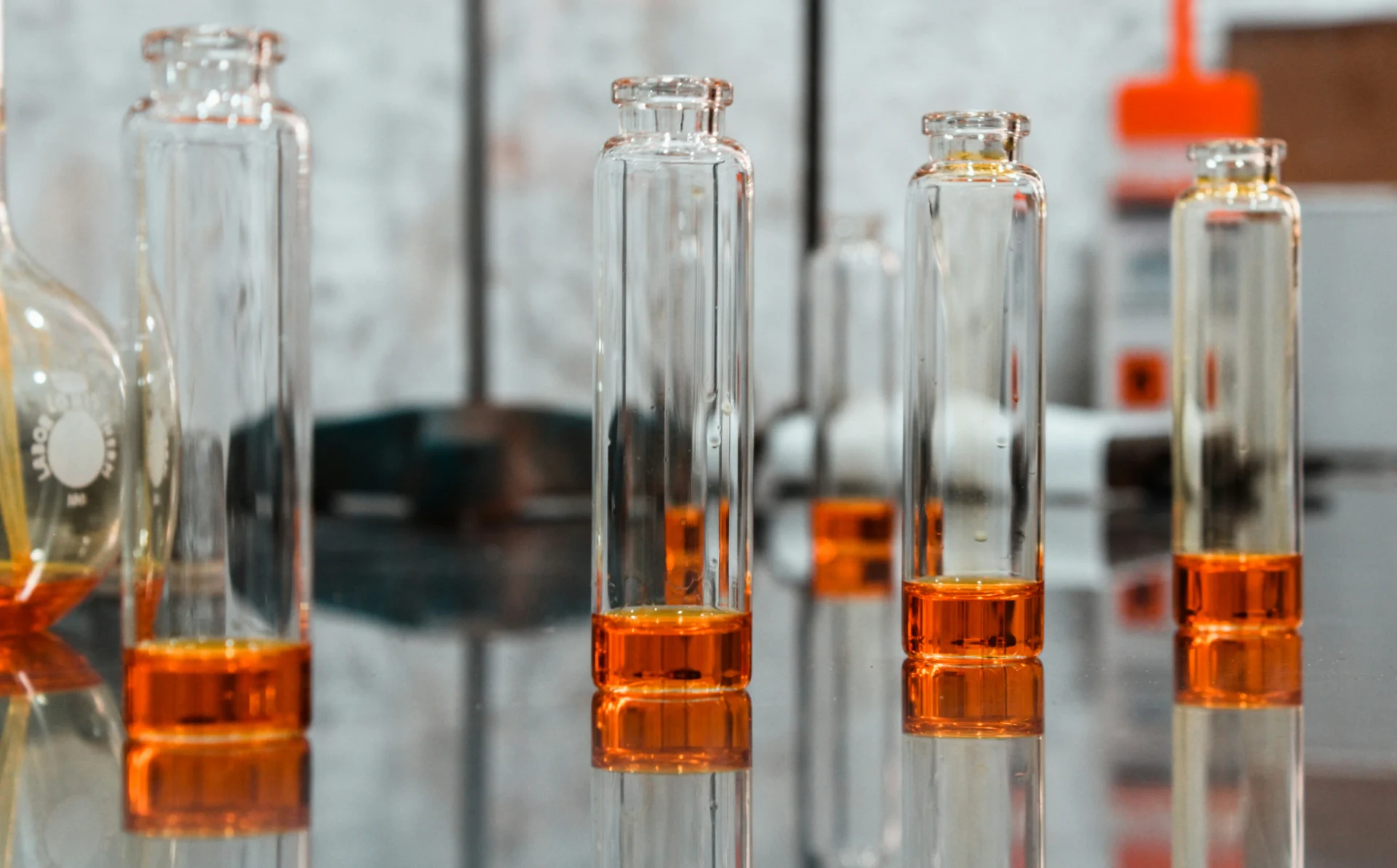Dienestrol is a synthetic form of the hormone estrogen that is used in various medical treatments. In everyday life, Dienestrol may be prescribed by healthcare professionals to address hormonal imbalances, alleviate symptoms of menopause, or as a part of hormone replacement therapy. Its relevance lies in its ability to effectively manage certain health conditions, ultimately contributing to the improved well-being and quality of life for individuals receiving treatment.
Table of Contents:
- 💡 Commercial Applications
- ⚗️ Chemical & Physical Properties
- 🏭 Production & Procurement
- ⚠️ Safety Considerations
- 🔬 Potential Research Directions
- 🧪 Related Compounds
💡 Commercial Applications
Dienestrol, a synthetic nonsteroidal estrogen, has various commercial and industrial applications. It is commonly used in the production of veterinary medications for hormone replacement therapy in livestock. Additionally, it is used in cosmetic products for its skin-conditioning properties.
In terms of drug and medication applications, Dienestrol has been utilized for the treatment of menopausal symptoms in women. It works by replenishing estrogen levels in the body, helping to alleviate symptoms such as hot flashes and vaginal dryness. Dienestrol is also used in the treatment of certain gynecological conditions, such as atrophic vaginitis and dyspareunia.
⚗️ Chemical & Physical Properties
Dienestrol is a synthetic nonsteroidal estrogen that appears as a white crystalline powder with no distinct odor. It is commonly used in pharmaceuticals for its hormonal effects.
The molar mass of Dienestrol is approximately 268.35 g/mol, and its density is around 1.15 g/cm³. Compared to common food items like sugar (180.16 g/mol) and water (1 g/cm³), Dienestrol has a higher molar mass and density.
Dienestrol has a melting point of around 118°C and a boiling point of approximately 312°C. In comparison, common food items like butter (melting point: 32-35°C) and water (boiling point: 100°C) have lower melting and boiling points.
Dienestrol is sparingly soluble in water and exhibits low viscosity. This is in contrast to common food items like salt (soluble in water) and honey (high viscosity), which have higher solubility in water and viscosity.
🏭 Production & Procurement
Dienestrol is a synthetic, nonsteroidal estrogen that is produced through chemical synthesis in a laboratory setting. The key precursor in the production of Dienestrol is diethylstilbestrol, which undergoes a series of chemical reactions to yield the final compound.
Dienestrol can be procured through pharmaceutical companies that manufacture and distribute the medication. It is typically available in the form of tablets or creams and can be prescribed by healthcare providers for various medical conditions related to estrogen deficiency. The transportation of Dienestrol is typically done through regulated channels to ensure proper storage and handling.
In order to obtain Dienestrol, individuals must visit a healthcare provider and receive a prescription for the medication. After obtaining the prescription, individuals can then purchase Dienestrol at a pharmacy or through an authorized online retailer. It is important to follow the dosage instructions provided by a healthcare provider to ensure the safe and effective use of Dienestrol.
⚠️ Safety Considerations
Safety considerations for Dienestrol include the potential for skin and eye irritation, as well as potential toxicity if ingested or inhaled. It is important to handle Dienestrol with appropriate personal protective equipment, such as gloves and goggles, and to avoid contact with skin and eyes. In case of exposure, it is recommended to wash the affected area thoroughly with soap and water and seek medical attention if necessary.
Hazard statements for Dienestrol include “Causes skin and eye irritation” and “May be harmful if swallowed or inhaled.” These statements highlight the potential risks associated with handling Dienestrol and emphasize the importance of taking precautions to minimize exposure. It is crucial to follow proper safety protocols when working with Dienestrol to reduce the likelihood of adverse effects.
Precautionary statements for Dienestrol include “Wear protective gloves/eye protection/face protection” and “IF SWALLOWED: Rinse mouth. DO NOT induce vomiting.” These statements provide specific guidance on how to safely handle Dienestrol and what to do in case of accidental exposure. By following these precautionary statements, individuals can help minimize the risks associated with working with Dienestrol and ensure their safety.
🔬 Potential Research Directions
Research on Dienestrol could focus on its potential as a treatment for menopausal symptoms such as vaginal dryness and hot flashes. Studies may investigate its efficacy compared to other estrogen-based therapies in alleviating these symptoms.
Further research could explore the long-term effects of Dienestrol on bone health in postmenopausal women. This could help determine if Dienestrol has a protective effect against osteoporosis or if there are any potential risks associated with its use.
Additionally, studies may examine the potential role of Dienestrol in hormone replacement therapy for women with a history of breast cancer. Research could investigate whether Dienestrol is a safe alternative to traditional hormone therapy in this population, taking into consideration potential risks of cancer recurrence.
🧪 Related Compounds
One similar compound to Dienestrol based upon molecular structure is Diethylstilbestrol. This compound is also a synthetic estrogen that was once used for medical purposes, particularly in the treatment of menopausal symptoms. Diethylstilbestrol has a similar chemical structure to Dienestrol, with a phenyl group connecting two ethyl group substituents.
Another compound with a molecular structure similar to Dienestrol is Hexestrol. Like Dienestrol, Hexestrol is a synthetic estrogen that is used for hormone replacement therapy. The molecular structure of Hexestrol includes a phenyl group attached to two hydroxyl groups, similar to the structure of Dienestrol.
One additional compound comparable to Dienestrol is Chlorotrianisene. This synthetic estrogen is used in hormone replacement therapy and has a similar molecular structure to Dienestrol, with a trichloroethinyl group attached to a phenyl ring. Chlorotrianisene, like Dienestrol, is used to treat menopausal symptoms and hormone deficiencies.








